It’s surprising how many people consider Seiko and Citizen to be “twin companies.” Let’s explore their fundamental differences in this Seiko vs Citizen debate.
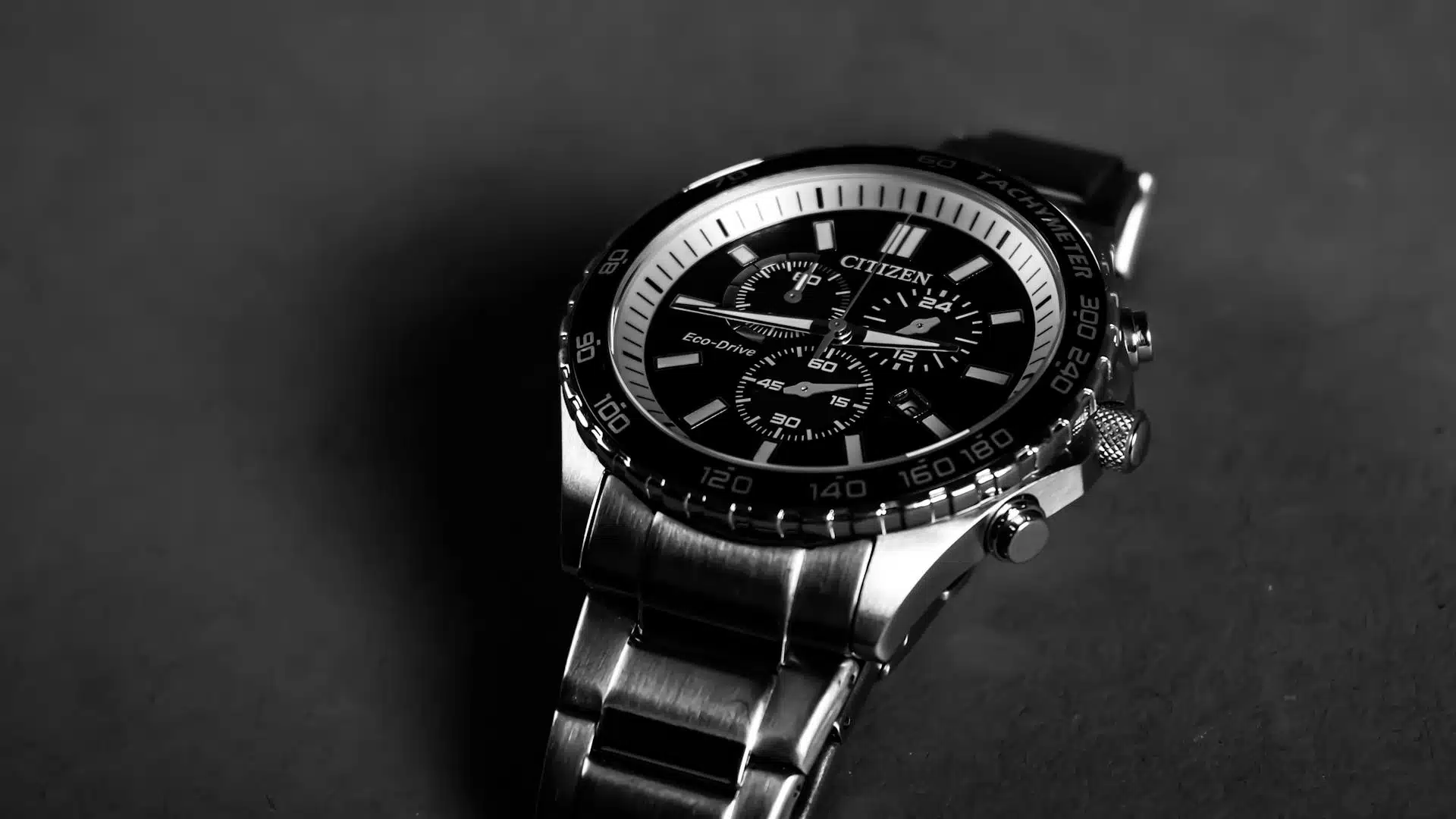
When we discuss the nerve center of luxury watchmaking, Europe and, more specifically, Switzerland spring to mind. But the Japanese also left an indelible mark on watchmaking and are still a strong contender today. This is especially true when we consider its competitive pricing and movement manufacture. The history of Japanese watchmaking and its culture stems back to the 1970s, specifically the arrival of the quartz movement.
Replacing mechanical movements with battery-powered ones originated in the 1970s with Seiko’s Astron watch. It was the first quartz watch by Seiko, marking a pivotal point in the company’s history. In the two decades that followed, two brands in particular were responsible for taking over a significant chunk of the watch market. Their names? Seiko and Citizen, of course!
Sure, both companies compete in the same bracket for many reasons. Their pricing is similar; they produce a wide range of designs that implement modern technology and share the same background. They also share the same country of origin, brand prestige, and recognition, and their resale value is similar.
If you’re new to watch collecting and looking for an affordable, quality design, you can’t go wrong with either of these brands. But how do they compare when we put them side-by-side with one another? This article offers a quick glance at Seiko vs Citizen to help you decide which brand is right for you.
Table of Contents
Seiko Watches vs Citizen Watches – Recognition and Resale Value
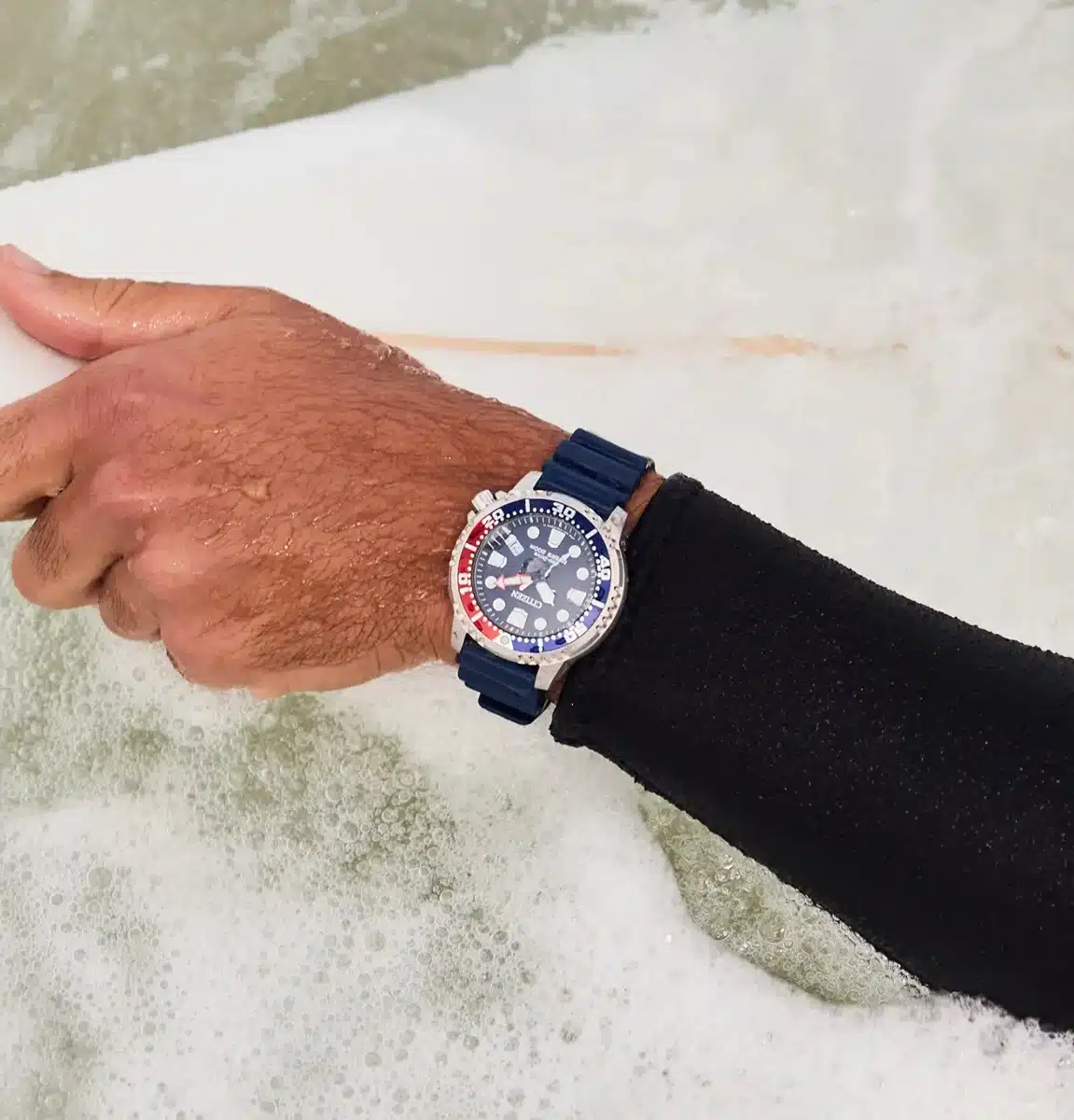
We could compare the styles and designs of Seiko watches vs Citizen watches all day. The truth is that they’re entirely different companies, and they produce many different designs. While Seiko watches appear more conventional, Citizen watches appeal to contemporary techy collectors. Both brands create sports, dive, pilot, chronograph, and dress watches. However, some of the fundamental differences may lie in manufacturing their movements.
Recognition-wise, Seiko has the upper hand since it’s an older brand. By the time Citizen arrived in 1918, Seiko had been on the map thirty years prior. This, in turn, answers another question since it affects the resale value of both brands. Being the more recognizable of the two, Seiko can often sell for more on the preowned market. So, Seiko’s resale value is higher than Citizen’s. That said, there is also an audience for vintage Citizen watches, provided you can drop on those most in demand.
Citizen Watches vs Seiko – Style and Materials
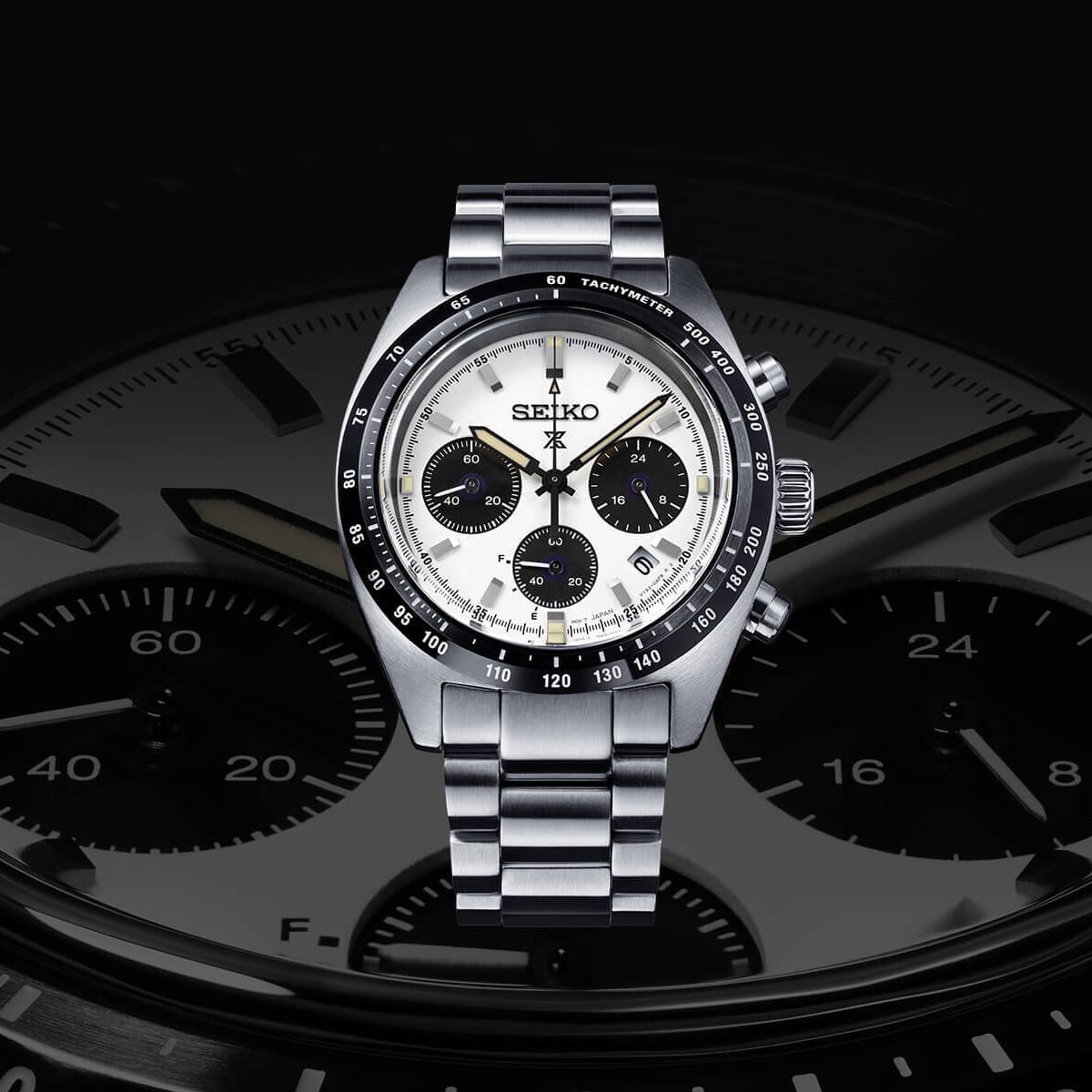
Sticking to simple, straightforward, no-frills designs has done Seiko heaps of favors, allowing it to specialize in a specific style. For example, the brand’s Prospex watches lend themselves to legibility, robustness, and uncompromising aesthetics. On the other hand, the brand takes plenty of inspiration from nature to create its elegant, pared-back dress watches. So, even though there are various collections to choose from, each Seiko watch has an identifiable look.
Citizen focused on accuracy and innovated the Eco-Drive watch in the 1970s. The watches in this collection emphasized the brand’s commitment to sustainability early on by using light to power the hands indefinitely.
Material-wise, the citizen vs Seiko argument becomes more complicated since both do well in this category. Both brands focus on durability and longevity above all else. While Seiko watches are available in steel and titanium and use Hardlex crystal and sapphire crystal to protect their dials, Citizen is equally innovative. Citizen’s advancements in material development include its Super Titanium watches. The material is five times more scratch-resistant and 40% lighter than steel. However, it’s worth mentioning that many of the best Citizen watches feature mineral glass. This material isn’t as strong as Seiko’s Hardlex glass or the more premium sapphire crystal glass.
Seiko or Citizen – Which Brand Creates Better Movements?
I never said the “Citizen watches vs Seiko watches” debate would be easy, did I? And regarding advanced technology, both brands have much to offer here, too. Each brand produces its own solar-powered watch (Citizen’s Eco-Drive and Seiko’s Solar lines). Whether you’re swaying more towards Seiko or Citizen, both are worthy representatives of this solar-powered technology. So, let’s compare them in more detail.
Citizen’s Mechanical Movements
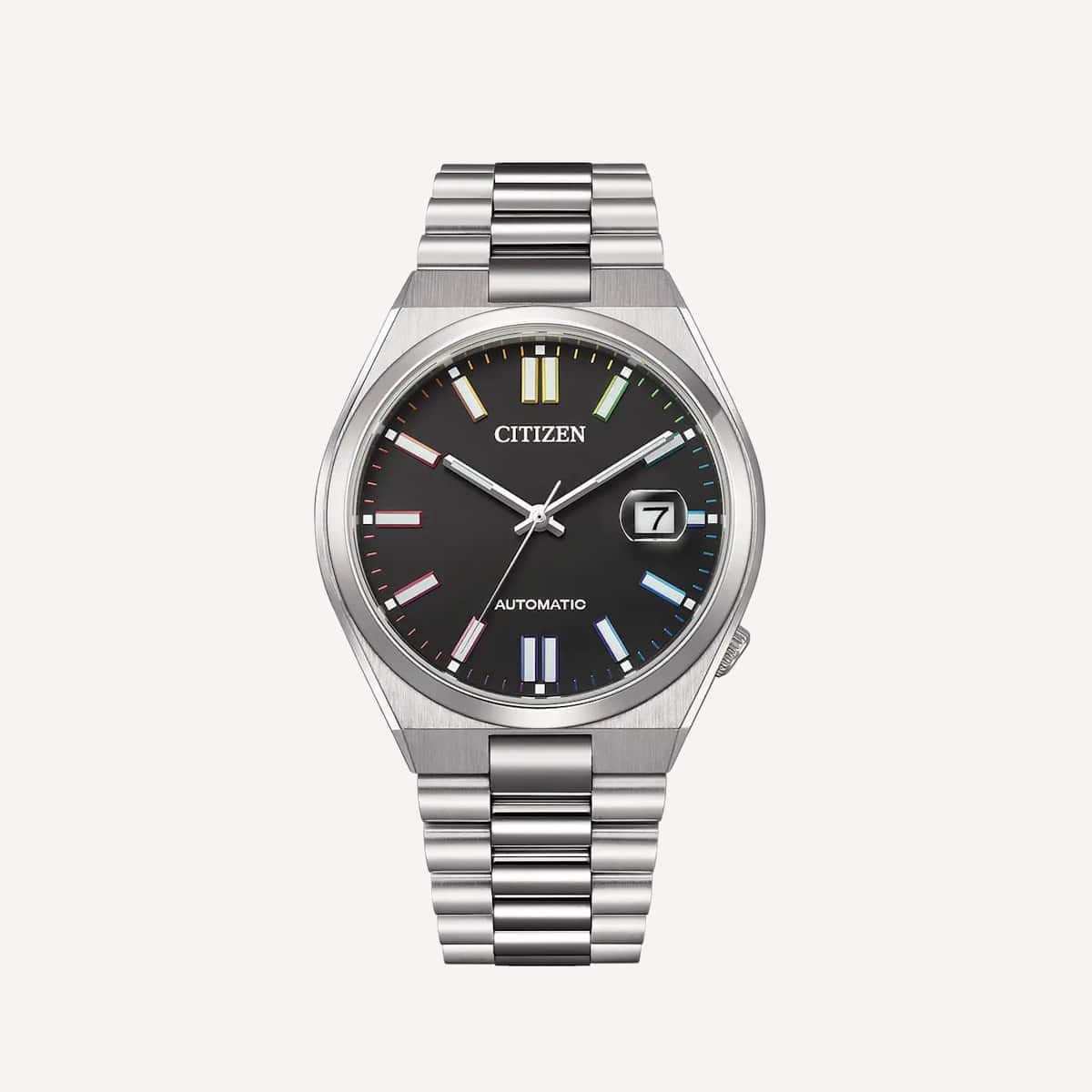
While Japanese brand Casio exclusively produces battery-powered watches, Seiko and Citizen differ. Both of these Japanese brands produce a mix of quartz and mechanical watches. Citizen is more famous for its Eco-Drive technology than its mechanical movements. Still, the company owns Miyota, which mass produces movements for companies worldwide. In all fairness, Miyota movements are solid and reliable, but they’re not much to look at. They’re some of the most affordable movements going. The most prevalent examples of Citizen’s most affordable watches with Miyota movements are the 8215 and 812A.
Thankfully, these movements are relatively rustic-looking and arrive long before the see-through caseback. Despite the rather unremarkable finish and performance of the 82XX calibers (accuracy of -20 to +40 seconds per day), this has zero effect on their popularity. Citizen Miyota prices are considerably low, so you’ll see many third-party manufacturers using them and Citizen itself.
Seiko’s Mechanical Movements
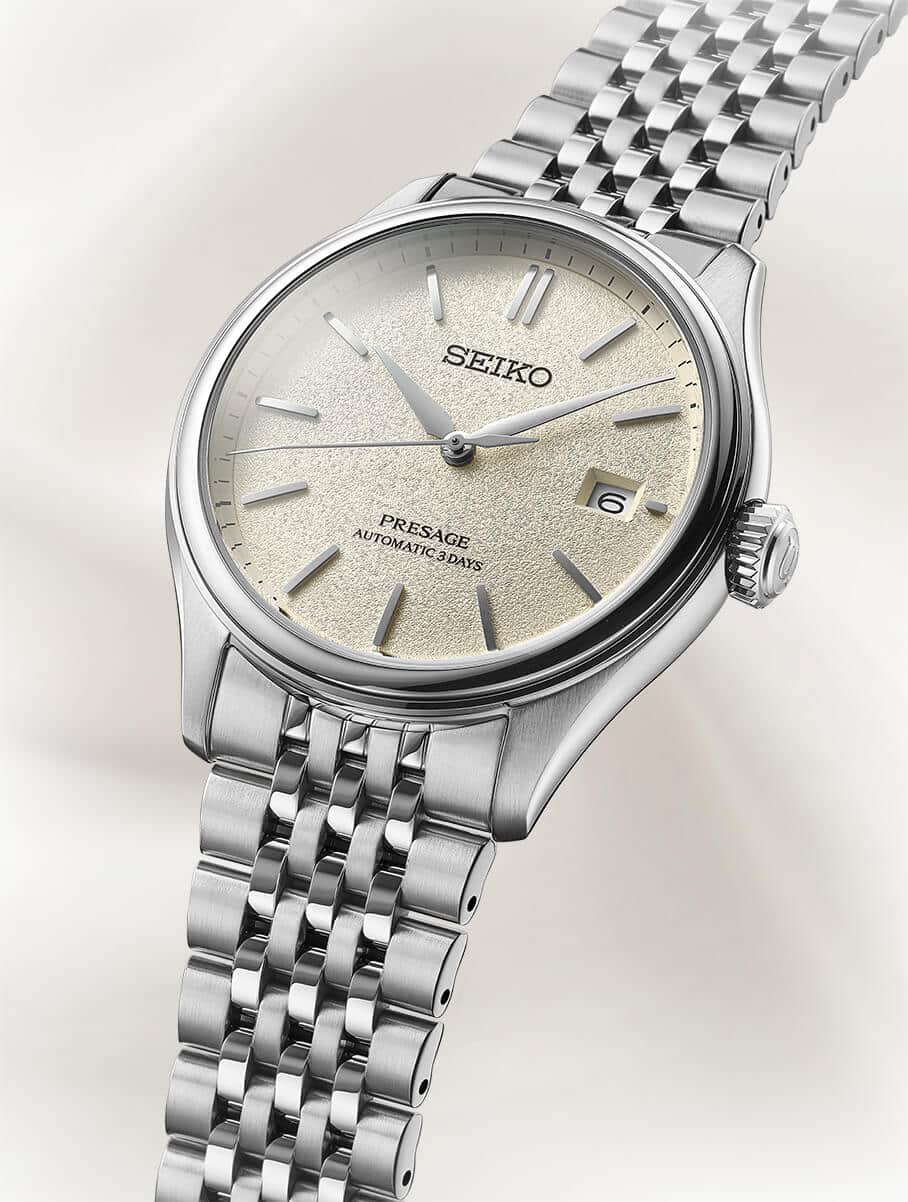
Seiko also offers movements to third-party manufacturers, particularly its NH35 calibre (4R35). However, it has slightly more visual appeal thanks to the brand’s proprietary Magic Lever technology. This movement often occurs in old Seiko 5 watches, featuring a self-winding rotor oscillating in both directions. With similar functionality and pricing, both Citizen and Seiko movements are level-pegging when it comes to mid-range movements.
It is the high-end price segment where Seiko’s technological advancements truly shine. Grand Seiko watches are perfect examples of the brand’s zest for innovation and sheer determination. However, Grand Seiko is now an entity of its own. Seiko’s mid-range watches, like the Prospex and Presage, have lacked essential modifications over the years, leaving some collectors disgruntled. Meanwhile, Citizen launched the 9000 generation of automatic movements, which share performance rates, accuracy, and features with ETA movements. This made them incredibly popular with Citizen Watch fans. Compared to Seiko, Citizen offers its 9000 calibre watches at the same price point as Seiko’s standard 4R35 (NH35) movement.
The Series 8 from 2021 featured the Calibre 0950 with an improved power reserve. The only problem was its price ($2K. Moreover, it wasn’t a new movement; it was just an upgraded variant of the Calibre 9000 series, which put some customers off.)
Seiko faces similar problems. It prefers to modify its existing movements rather than create new mid-range movements. For example, the 6R31 employs the company’s proprietary SPRON alloy to provide a 70-hour power reserve. But nothing else changes with the movement. Seiko whacks a hefty premium on this movement, which, without the upgrade, features in many cheaper watches in the collection. This gap between entry and mid-priced movements is substantial. It drives many collectors towards the more expensive Prospex and Presage designs, who feel they get more value for money.
Solar Power Movements
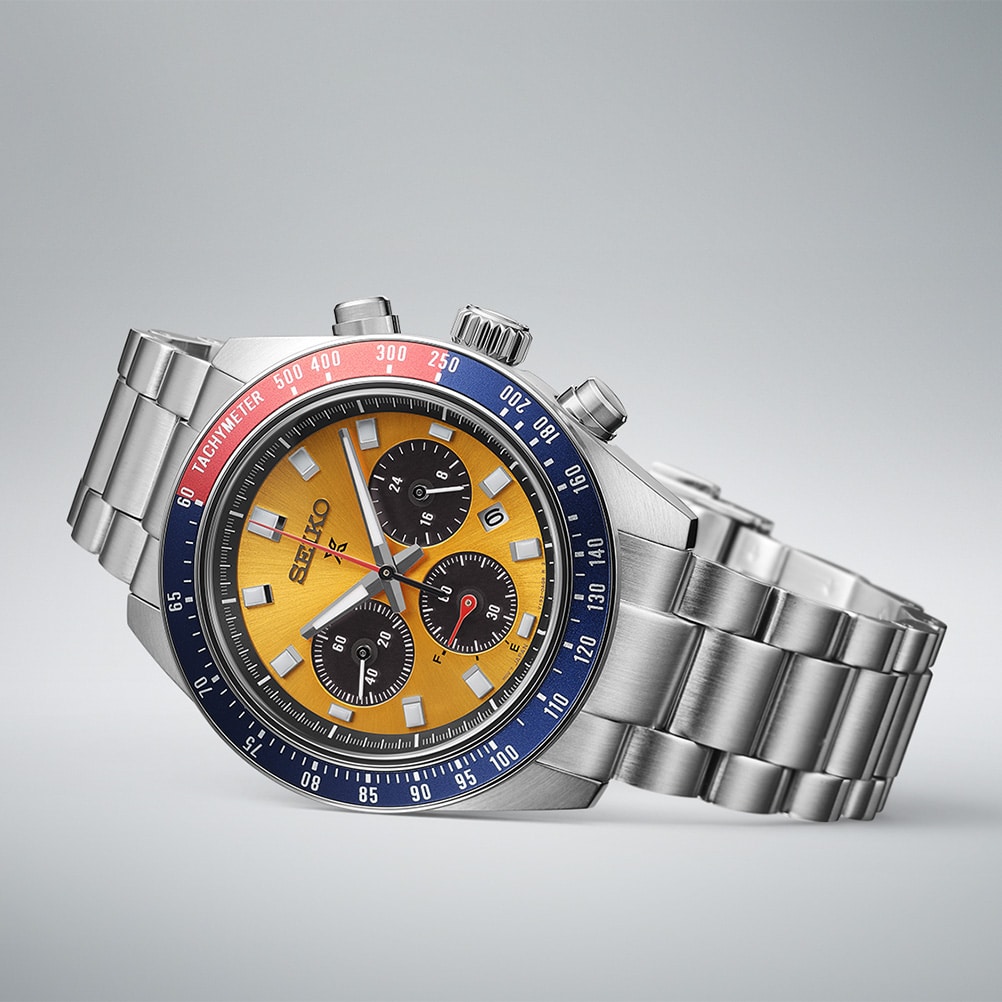
Both Seiko and Citizen produce solar-powered watches that eradicate the need for battery replacements, making them remarkably sustainable. The idea that a watch can power itself using any light, not just sunlight (though sunlight is king), was particularly appealing in the 1970s. Citizen produced the first solar-powered watch in 1976, and Seiko a year later.
Both technologies work via solar cells placed in the watch, though the difference lies in their placement. In many Citizen designs, a solar ring features around the dial’s periphery. Since this eradicates the need for light-emitting materials, Citizen can be more flexible in its design offerings. Seiko places solar cells underneath opaque dials, giving them a distinctive aesthetic.
Overall, Citizen offers a more varied selection of solar watches than Seiko. However, Citizen’s Eco-Drive technology relies solely on quartz movement, while Seiko offers mechanical solar-powered options.
FAQs
Here are a few FAQs about these two leading Japanese watch brands to help you decide which is right for you.
Is Seiko Better Than Citizen?
No, Seiko and Citizen are pretty much on par in terms of affordability, craftsmanship, and design. Deciding between the two often comes down to consumer preference.
Is Seiko Considered Luxury?
Although not the most expensive watch brand, Seiko competes in the mid-range category, making it a contender in the luxury watch realm. Seiko movements are products of in-house manufacture and the brand focuses on quality craftsmanship and affordability above all else.
Is Citizen Owned by Seiko?
No, Seiko does not own Citizen. Citizen is an independent brand, as is Seiko.
Seiko Vs Citizen – The Takeaway
So, Seiko vs Citizen, which one will you choose? Both offer competitive pricing, with several Citizen and Seiko watches under the $500 umbrella. Reliable movements and robust designs are other guarantees.
Overall, Seiko is your guy if you like conventional designs and a good range of mechanical and quartz options. The brand’s watches are straightforward, simple, and legible. Even the Prospex collection alone has a ton of options to choose from.
Citizen is more of a quartz specialist, trumping Seiko for accuracy. Its mechanical options are affordable; however, its finishings aren’t as nice as Seiko’s. Citizen’s Eco-Drive range is where the brand truly shines. It is the hallmark of the company’s finest innovations. Using a titanium lithium-ion battery adds to the ergonomics of wearing a lightweight watch. Seiko also produces excellent solar watches, though its designs’ diversity shows in its mechanical offerings.
Are you a collector of both Seiko and Citizen watches? How do you find they both compare? Leave your comments below and sign up for our newsletter at The Slender Wrist today!

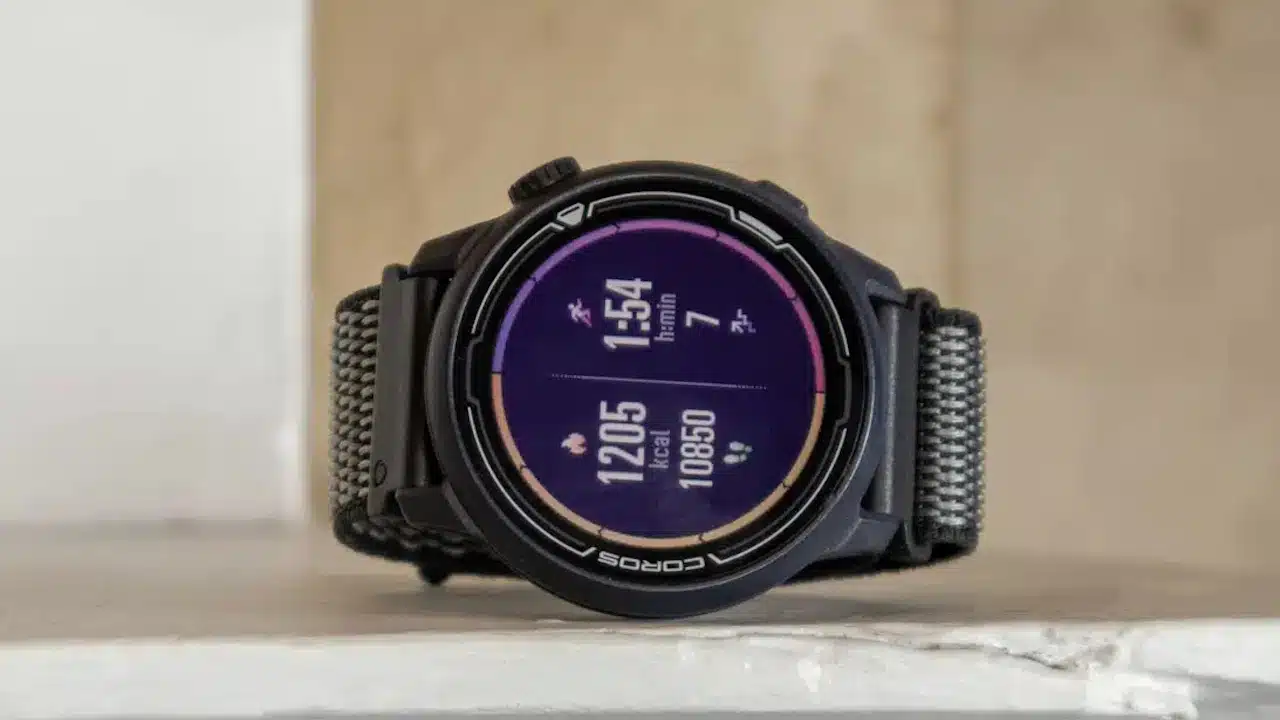
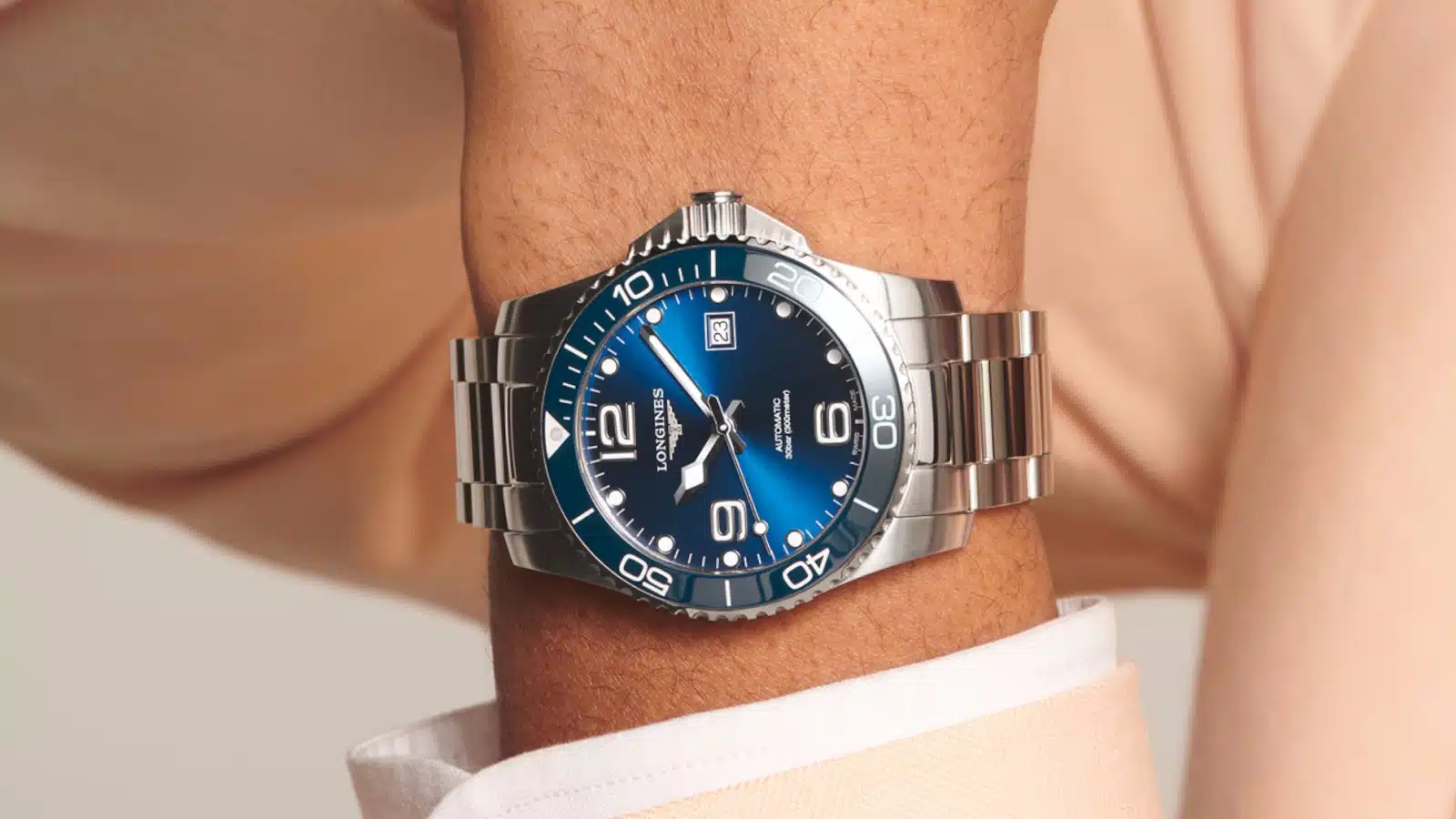
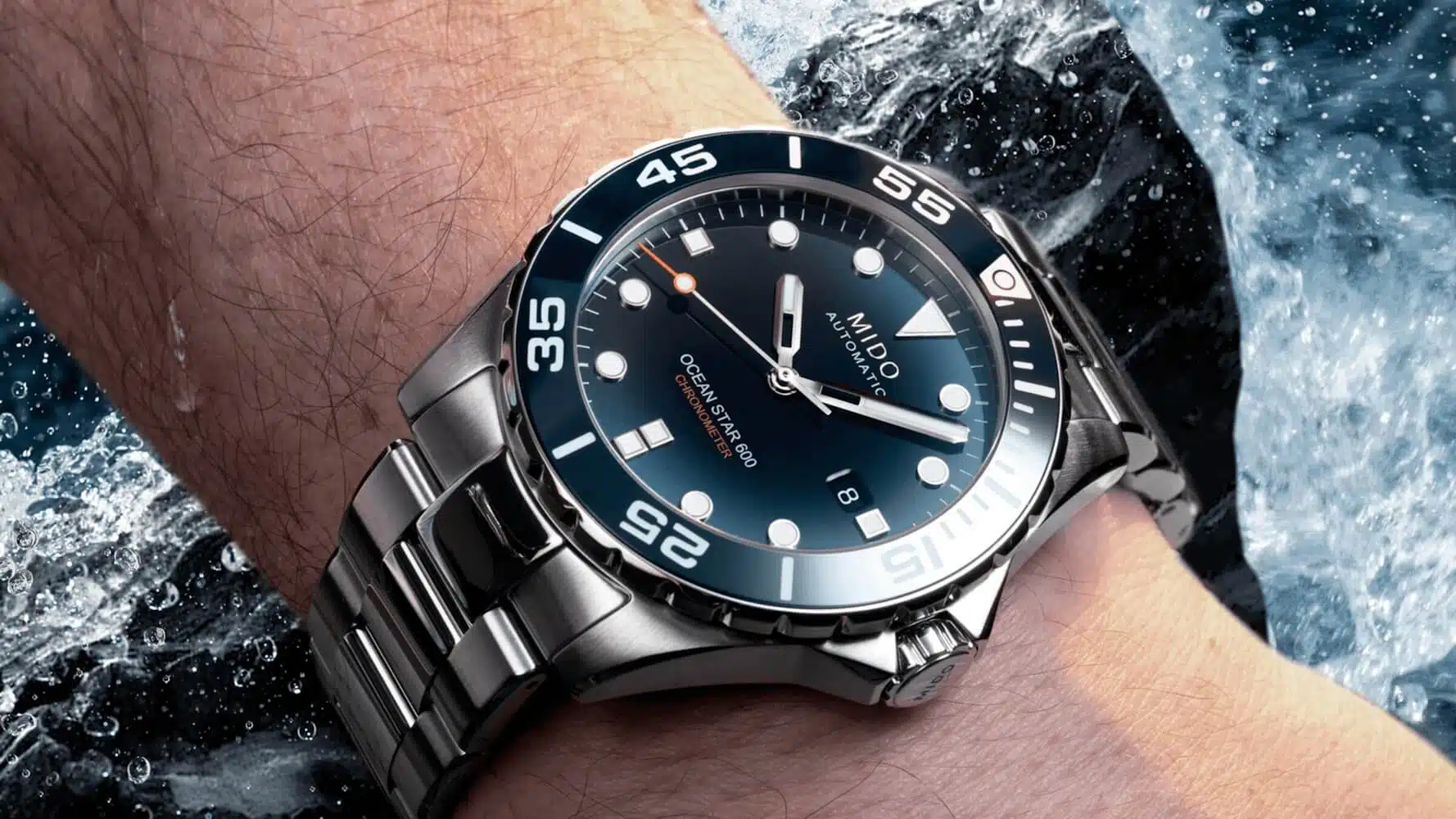
I own five Seiko ( some vintage ) watches. I think that Seiko is a very innovative and high quality watch company. It a pleasure to wear these watches.